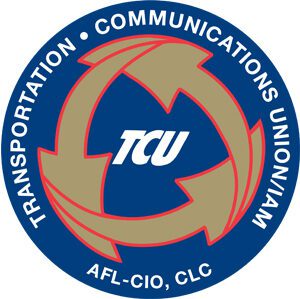In April 2021, the Union Pacific Railroad Company (UP) petitioned the Federal Railroad Administration (FRA) for a system wide waiver of compliance from certain provisions of the Federal railroad safety regulations regarding periodic refresher training for all UP’s Transportation employees. Specifically, UP proposed to create a 3-D simulation using web-based software as a third alternative to satisfy the “hands-on” portion of the training required by 49 CFR 232.203(b)(3), in connection with periodic refresher training. Refresher training is required at intervals not to exceed three years, and must consist of classroom and “hands-on” training, as well as testing.
UP is now the fourth Class I rail carrier operating in the U.S. to request that 3-D simulations be used as an alternative to “hands-on” refresher training since 2019. The first of the three previous requests occurred in February 2019, when Norfolk Southern Railway (NS) petitioned FRA for this relief. FRA granted NS’s request in May 2019. Then, the Canadian Pacific Railway (CP) filed for the same relief in December 2019. FRA granted CP’s request in April 2020. Finally, CSX Transportation, Inc. (CSX), filed for the same relief in January 2020. FRA granted CSX’s request in April 2020.
Rail labor opposed all three of these previous petitions for waiver, and, in response to UP’s recent request for relief, the Brotherhood Railway Carman, the American Train Dispatchers Association and the Brotherhood of Locomotive Engineers and Trainmen filed joint comments opposing the waiver. In addition, the Transportation Trades Department of the AFL-CIO also filed comments opposing the UP petition for waiver as well.
Among other things, the above labor organizations specifically complained to FRA that simulated testing should be used only as a supplement to, and not a replacement for, the “hands-on” training that railroad employees currently receive in the field. In addition, we also commented that UP has the ability to perform the “hands-on” refresher training because the carrier has an ample supply of rail cars to use for testing its inspectors, and because UP has plenty of time to arrange for the periodic “hands-on” refresher training given that such training occurs once every three years.
“Once again we see a Class I rail carrier complain that it does not have the time to follow the guidelines provided by the current Federal regulations,” says BRC General President Richard A. Johnson. “Such a request is troubling given that, in the current environment, railroad workers are being made to inspect cars within incredibly short time frames due to precision scheduling practices, while the carriers have also benefited from previously granted waivers that allow them to perform fewer overall inspections. Under these circumstances, now is not the time to reduce the quality of key safety training, given that there are already ongoing factors that inhibit the safety of the rail system.”
To read the joint comments of BRC, ATDA and BLET click here.
To read the TTD comments click here.

